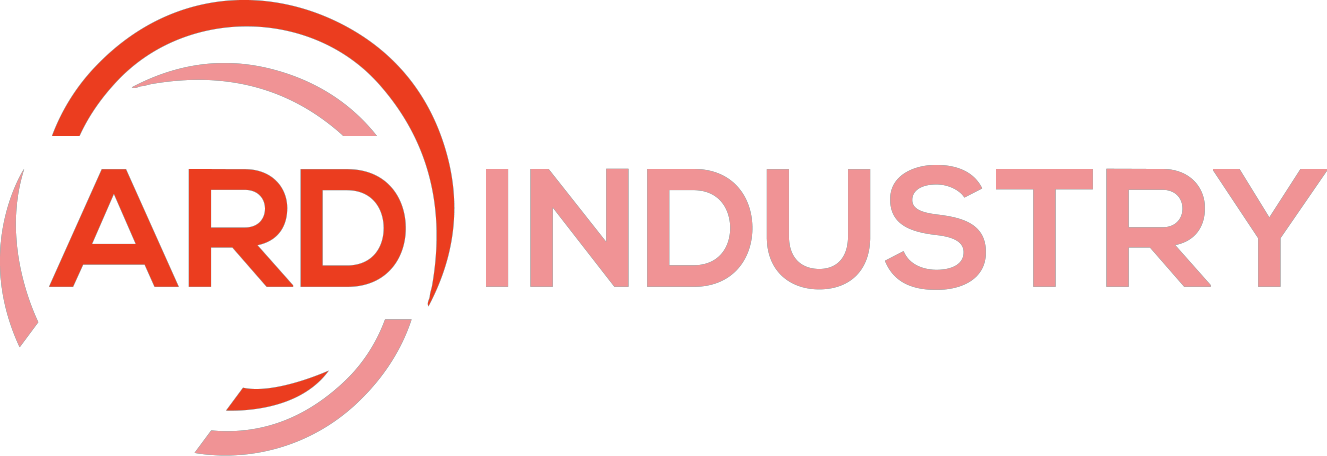What Makes a PR Campaign Planning Unforgettable? Have you ever stopped to think about why some PR campaigns dominate headlines while others barely make a ripple? Why do certain brands spark conversations that linger long after the campaign ends?
The answer lies in strategic planning. A well-crafted PR campaign isn’t about flashy gimmicks or luck; it’s about methodical execution, meaningful messaging, and understanding your audience on a deep level. If you’re ready to elevate your public relations game, you’re in the right place. Let’s explore the essential building blocks of an impactful PR campaign that not only gets noticed but also drives results.
1. Set Clear Goals and Objectives – PR Campaign Planning
Setting clear goals and objectives is the foundation of a successful PR campaign, providing a roadmap that keeps every effort focused and measurable.
What’s Your North Star?
Imagine embarking on a road trip without a destination. How would you know which direction to take? Similarly, a PR campaign without clear goals is bound to veer off course. Start by identifying the why behind your campaign.
Are you looking to:
- Launch a new product?
- Shift public perception of your brand?
- Drive traffic to your website?
- Manage a crisis?
Your goals should be tied to your overall business objectives and broken down into SMART (Specific, Measurable, Achievable, Relevant, Time-bound) targets.
Example:
Instead of saying, “Increase media coverage,” aim for:
“Secure 10 media placements in tier-1 outlets within three months.”
With a clear roadmap, you’ll know when you’ve reached your destination—or if you need to course-correct along the way.
2. Understand Your Target Audience
Understanding your target audience ensures your message resonates deeply, reaching the right people with the right message at the right time.
Who Are You Speaking To?
The most beautifully crafted message will fall flat if it’s not aimed at the right audience. To connect effectively, you need to know exactly who you’re speaking to and what matters most to them.
Start by creating detailed audience personas. Include:
- Demographics: Age, gender, location, income, and education level.
- Psychographics: Interests, values, pain points, and motivations.
- Media Habits: Where do they spend their time—social media, blogs, or traditional news outlets?
Pro Tip:
Segment your audience into smaller groups. A one-size-fits-all message often misses the mark. Tailor your content to resonate deeply with each segment.
3. Craft a Story That Resonates – PR Campaign Planning
Crafting a story that resonates transforms your campaign into a memorable narrative that connects emotionally with your audience and inspires action.
What’s Your Hook?
In today’s fast-paced world, stories stick better than stats. People don’t just want to hear about your product; they want to know why it matters. Your campaign needs a narrative—a central story that captivates, engages, and inspires action.
How to Create a Compelling Message:
- Be Relatable: Highlight how your product or service solves real problems.
- Evoke Emotion: Tap into feelings like joy, nostalgia, or even urgency.
- Stay Authentic: Ensure your story aligns with your brand values and mission.
For example, if you’re promoting an eco-friendly product, weave a narrative about your commitment to sustainability and share stories of how your brand is reducing waste or impacting communities positively.
4. Choose the Right Communication Channels
Choosing the right communication channels ensures your message reaches your audience where they are most active and receptive.

Where Does Your Audience Live Online (and Offline)? – PR Campaign Planning
Your audience won’t find your message if you’re not communicating where they already spend their time. Selecting the right mix of platforms is critical.
Channel Options to Consider:
- Traditional Media: Newspapers, TV, and radio provide credibility and mass reach.
- Digital Media: Social platforms like Instagram, TikTok, and LinkedIn offer targeted engagement.
- Owned Media: Your website and email newsletters allow full control over your message.
- Earned Media: Partnerships with journalists and influencers can amplify your reach organically.
Example:
If your audience skews younger, focus on platforms like TikTok or Instagram. If you’re targeting industry professionals, LinkedIn and thought-leadership articles may be more effective.
5. Create a Realistic Timeline and Budget
Creating a realistic timeline and budget helps ensure that your PR campaign stays organized, on track, and within financial limits while delivering impactful results.
How Will You Stay on Track?
Every successful PR campaign requires careful planning and resource allocation. Without a timeline and budget, even the best ideas can falter.
Steps to Build a Timeline:
- Divide your campaign into three phases: pre-launch, launch, and post-launch.
- Assign deadlines for key tasks like content creation, media outreach, and event planning.
- Include a buffer for unexpected delays.
Budget Considerations:
- Content creation (e.g., videos, infographics).
- Paid media (e.g., social media ads).
- Influencer partnerships.
- Events or experiential marketing initiatives.
Having a clear timeline and budget not only keeps you organized but also ensures you don’t overspend or miss critical deadlines.
6. Leverage Influencer and Media Partnerships – PR Campaign Planning
Leveraging influencer and media partnerships amplifies your campaign’s reach and credibility by connecting with trusted voices that align with your brand.
Who Can Help Amplify Your Message?
Building relationships with journalists and influencers can significantly boost your campaign’s visibility. However, partnerships should be strategic and authentic.
Tips for Effective Collaboration:
- Do Your Homework: Research influencers and media outlets that align with your brand.
- Personalize Your Pitches: Generic emails won’t cut it—tailor your outreach.
- Provide Value: Offer exclusive content, early access, or a unique angle for their audience.
Trust and alignment are key. A poorly matched partnership can damage your credibility, while the right one can exponentially expand your reach.
7. Develop High-Quality, Shareable Content
Developing high-quality, shareable content is key to capturing attention and encouraging your audience to spread your message across their networks.

What Will Capture Their Attention? – PR Campaign Planning
Content is the backbone of any PR campaign. Whether it’s a press release, video, blog post, or infographic, it should be compelling, visually appealing, and easy to share.
Best Practices for Content Creation:
- Hook Them Early: Use engaging headlines and strong opening sentences.
- Keep It Visual: Incorporate photos, videos, or infographics to break up text.
- Encourage Sharing: Add share buttons and create content that sparks conversations.
Interactive formats like live Q&A sessions or polls can also drive deeper engagement.
8. Monitor Performance and Analyze Results
Monitoring performance and analyzing results allows you to assess the effectiveness of your campaign, making data-driven adjustments for continuous improvement.
How Do You Measure Success?
Launching a PR campaign is just the beginning. To understand its effectiveness, you need to track performance and measure outcomes against your original goals.
Metrics to Monitor:
- Media Reach: Number of mentions, backlinks, or placements.
- Audience Engagement: Social shares, comments, and website traffic.
- Business Impact: Increases in sales, leads, or brand sentiment.
Use analytics tools to collect data, and don’t hesitate to adjust your strategy based on what’s working—or not.
9. Stay Flexible and Adapt – PR Campaign Planning
Staying flexible and adapting to changes ensures your PR campaign remains relevant and responsive, even when unexpected challenges arise.
What If Things Don’t Go as Planned?
PR campaigns rarely unfold exactly as expected. Flexibility is crucial. Monitor real-time feedback, analyze trends, and be prepared to pivot if necessary.
Example:
If an event gets canceled, shift to virtual experiences. If an influencer post underperforms, double down on content that’s gaining traction.
Adapting quickly can turn potential setbacks into opportunities.

Conclusion: PR Campaign Planning
Planning an effective PR campaign isn’t just about creativity—it’s about strategy, execution, and adaptability. By defining clear goals, understanding your audience, and leveraging the right tools and partnerships, you can craft campaigns that resonate deeply and achieve meaningful results.
The most memorable campaigns are the ones that connect authentically, tell a powerful story, and inspire action. So, what are you waiting for? Apply these essential elements to your next PR campaign and watch your brand shine.








